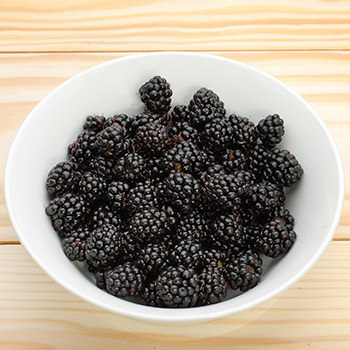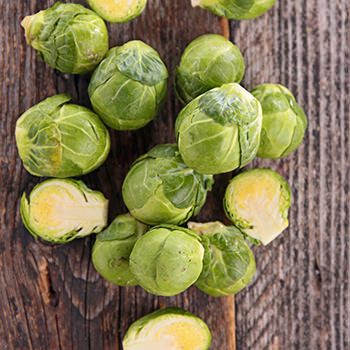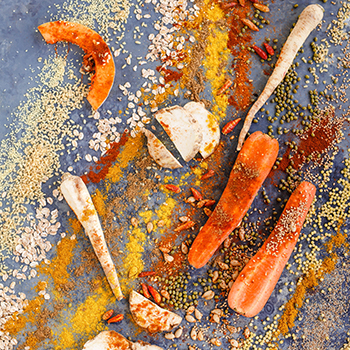Traditionally Bordeaux reds have been big powerhouse wines that needed years to age, and were enjoyed with intense meals with lots of meat. However, as the Bordeaux region starts to produce wines that are more approachable at younger ages, and as a diverse selection of styles becomes available, it’s important to look at how these wines might accompany lighter fare; namely vegetable-based main dishes.
The quick and easiest way to do this is to throw a little ham in your peas, wrap bacon around your asparagus, or dollop some lardo on your carrots. But you can just as well roast some mushrooms and substitute these where many dishes might call for meat. In a similar fashion I’d like to make a few suggestion on pairing these wines with meatless meals.
Red or Black Fruit

The deep dark flavors of roasted mushrooms generally call out for Cabernet-based wines, and that’s the one point to consider. If you have earthy components like mushrooms or dark beans, or often bitter greens, go for dark earthy notes, of black fruits like cassis, blackberries, and blueberries that you will find in Cabernet Sauvignon or Petit Verdot. Merlot and Cabernet Franc wines often shine with red fruit flavors of plum, cherry, pomegranate and cranberry. I love dried cranberries in spinach salad or tossed with charred Brussels sprouts, and if cranberries can be an addition to your dish then it might be also enhanced with a red fruit wine.
Embrace Bitter Flavors

In Bitter: A Taste of the World’s Most Dangerous Flavor, Jennifer McLagan explains with great insight how bitterness balances sweet. A plum tart that borders on too rich and voluptuous will be better if you give a slight charred edge to the crust and filling. The same thing happens in wine, when tannins and savory herbal notes counter lush, ripe fruit. This bitter component can then be seen as a bridge between the wine and the dish. Grilled radicchio, dandelion greens, cocoa, sauces or reductions with tea and coffee, Brussels sprouts, the skins of nuts (e.g. the brown part of the almond), and burnt bits will lead your tongue to focus on the fruit in the wine, and the caramelized sugars in the vegetable.
Experiment With Herbs and Spices

Sometimes just the right touch of black pepper, rosemary, or star anise will make a vegetable resonate with wines from Bordeaux. But try roasting cauliflower with a rub of sumac or za’atar to add depth of flavor. Or a hint of cumin or turmeric with roasted root veggies. Umami flavors in soy and tamari are another option. Try playing with different spices in IBM’s Watson recipe generator for ideas.
Don’t Forget the Fat

Fat binds with tannins, which is why meat has been such a classic pairing with big red wines. But you can do the same thing with cheese, nuts, and oils (smoked oils or nut oils, even more so!). Drizzle olive oil on anything, but avoid extra-virgin olive oil as I find the green notes too distracting. Candied almonds, walnuts, or pumpkin seeds tossed into your dish makes a natural connection with Left or Right Bank wines. Endless varieties of healthy fats are out there, but among my favorites to use as bridge components are avocado, flax seeds, walnuts and pecans.
Now get out there and eat your veggies, with wine from Bordeaux!

